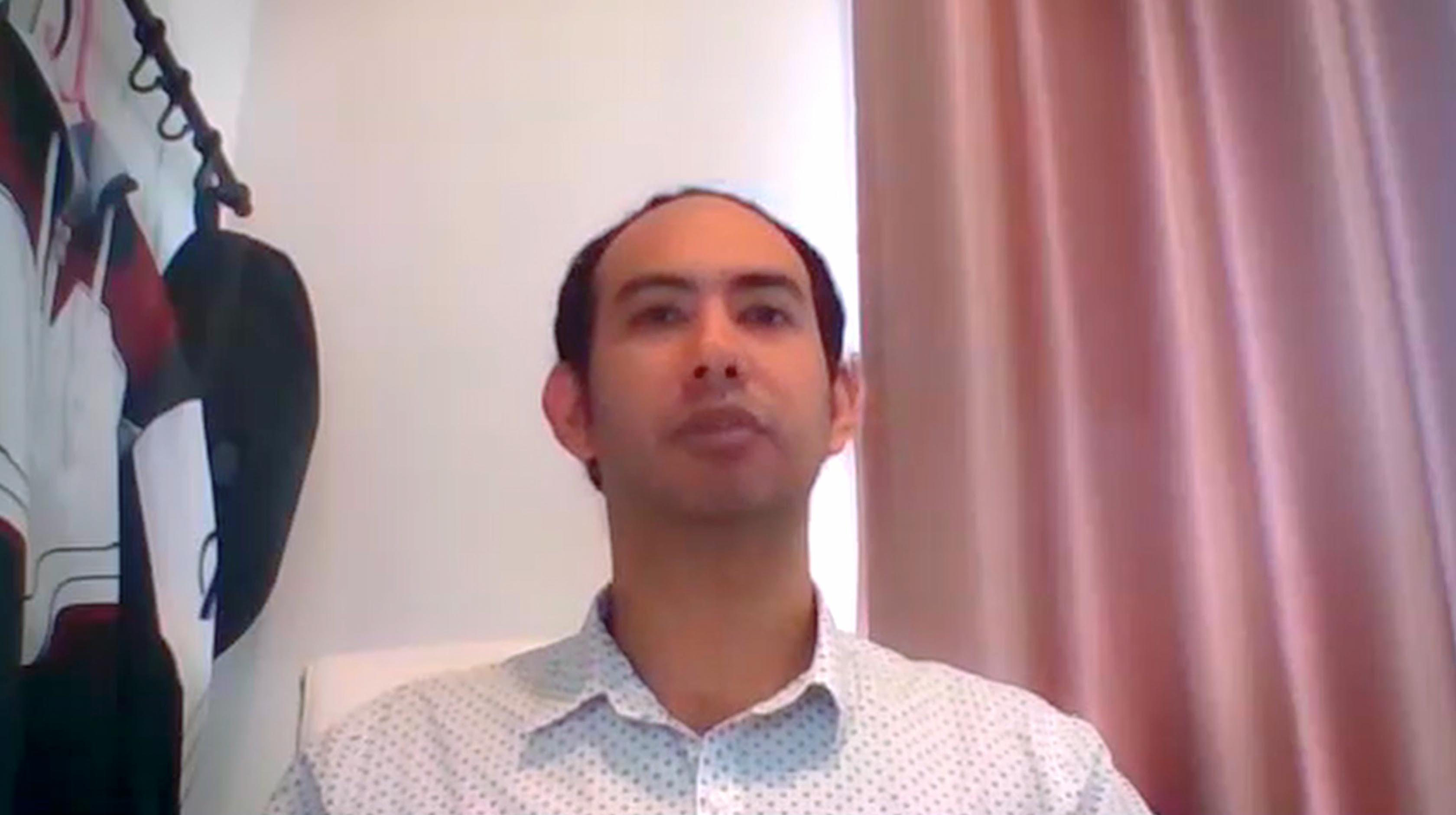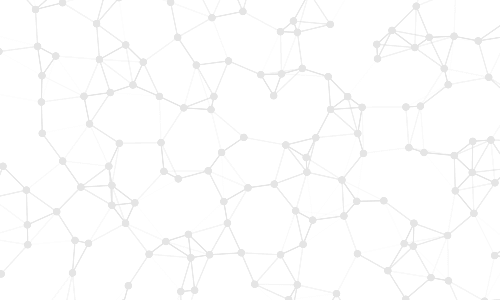
GoBike Thailand: Biker Churn and Retention
Former Head of Driver Retention at Grab and Current Head of Operational Support at GET
inpractise.com/articles/gobike-thailand-biker-churn-retention
Why is this interview interesting?
- Why biker earnings is the core focus for all transportation platforms
- How GoBike navigated regulatory challenges to retain bikers
Interview Transcript
What were the biggest reasons that the bikers’ churn?
Churn. It’s either biker or driver churn, it’s because of the earning. It’s earning. Before we go to this factor of the earning that makes them churn, we have to understand that this platform can survive if only you can balance between demand and supply. As a platform because if you have lots of demand but no supply, then the demand is going to complain. They’re going to uninstall the app and make no bookings or use another app. If on the contrary, the supply is going to complain and then they uninstall the app and run for another app instead, that’s creating a lot of churn either to the demand or the supply. What we have to do is, we have to balance it. The way that we balance it, it’s not only that you can balance the fulfillment rate, like 100 booking with 100 supply. If you do that, then someone is going to start the churn. Do you want to guess who? It’s the driver because the driver cannot earn enough. If you have 100 booking and then you spread 100 booking into 100 drivers, then the driver is only going to get one trip per day.
Then that’s going to cost them a lot. They’re not earning enough. They’re going to have to start to look for another job. It’s not their fault. They have to survive; they have to look for another job. It’s the tricky part and it’s a lot of monitoring to do, if you need to find a balance, like if the demand is here and which level of supply is healthy? From the experience of working with the strategy team is 70 – 85 percent of the fulfillment rate. It’s a healthy one. The driver can survive, the customer will not complain much. They understand that sometimes they book, and they don’t get it, they just rebook again. The driver gets enough job. You need to give them more jobs. We’re monitoring the driver. We think of the earning of the driver with the trip, the complete trip per hour. If one hour, they can earn like one job. That is already good, but not the best. If you can make them two jobs in one hour with this traffic, with a lot of factors. The driver would earn a lot. If in one hour, they can make two jobs, they are willing to work longer. They’re willing to lengthen their working time to earn more money. That’s why churning is going to happen if even though you balance the supply and demand, but you didn’t think the part where the driver did not earn enough. A small portion that make them churn is the emotional stuff. Like, they don’t like the customer, they hate the staff who sometimes are losing the temper because the driver keeps calling them. Like when you go to the restaurant and the staff is just being rude to you, you won’t go back there again.
What was the average churn for Go Bike versus Grab?
They are kind of the same, five to ten percent month on month.
That’s a five to ten percent monthly churn rate, so you have to basically replenish five to ten percent of your drivers every month?
Yes, but we actually keep recruiting the driver every day. It doesn’t matter how big is the churn. The driver who drives a lot, they’re going to turn them up into VIP, a bigger tier. They’ll contribute more. The driver who contributes a lot, they keep contributing, no matter what circumstances. Our customer is growing too, so we need to grow the driver, as well. Then if the driver is not earning enough, it’s going to become an organic churn. If the driver is too big, like way too big, we need to either slow down on the recruitment or force churn the driver.
What were your key strategies to retain bikers at Go Bike?
Related Content

GrabTaxi: Driver Retention & Loyalty
Former Head of Driver Retention at Grab and Current Head of Operational Support at GET

GET Taxi: Food Delivery Driver Retention
Former Head of Driver Retention at Grab and Current Head of Operational Support at GET

Recruiting and Retaining Ride-Hailing Drivers
Former Head of Driver Retention at Grab and Current Head of Operational Support at GET

Grab Car: Recruiting Ride-hailing Drivers
Former Head of Driver Retention at Grab and Current Head of Operational Support at GET
Copyright Notice
This document may not be reproduced, distributed, or transmitted in any form or by any means including resale of any part, unauthorised distribution to a third party or other electronic methods, without the prior written permission of IP 1 Ltd.
IP 1 Ltd, trading as In Practise (herein referred to as "IP") is a company registered in England and Wales and is not a registered investment advisor or broker-dealer, and is not licensed nor qualified to provide investment advice.
In Practise reserves all copyright, intellectual and other property rights in the Content. The information published in this transcript (“Content”) is for information purposes only and should not be used as the sole basis for making any investment decision. Information provided by IP is to be used as an educational tool and nothing in this Content shall be construed as an offer, recommendation or solicitation regarding any financial product, service or management of investments or securities.
© 2025 IP 1 Ltd. All rights reserved.
Full interview
Palm Leviwong
Former Head of Driver Retention at Grab and Current Head of Operational Support at GET
Related Content

GrabTaxi: Driver Retention & Loyalty
Former Head of Driver Retention at Grab and Current Head of Operational Support at GET

GET Taxi: Food Delivery Driver Retention
Former Head of Driver Retention at Grab and Current Head of Operational Support at GET

Recruiting and Retaining Ride-Hailing Drivers
Former Head of Driver Retention at Grab and Current Head of Operational Support at GET


